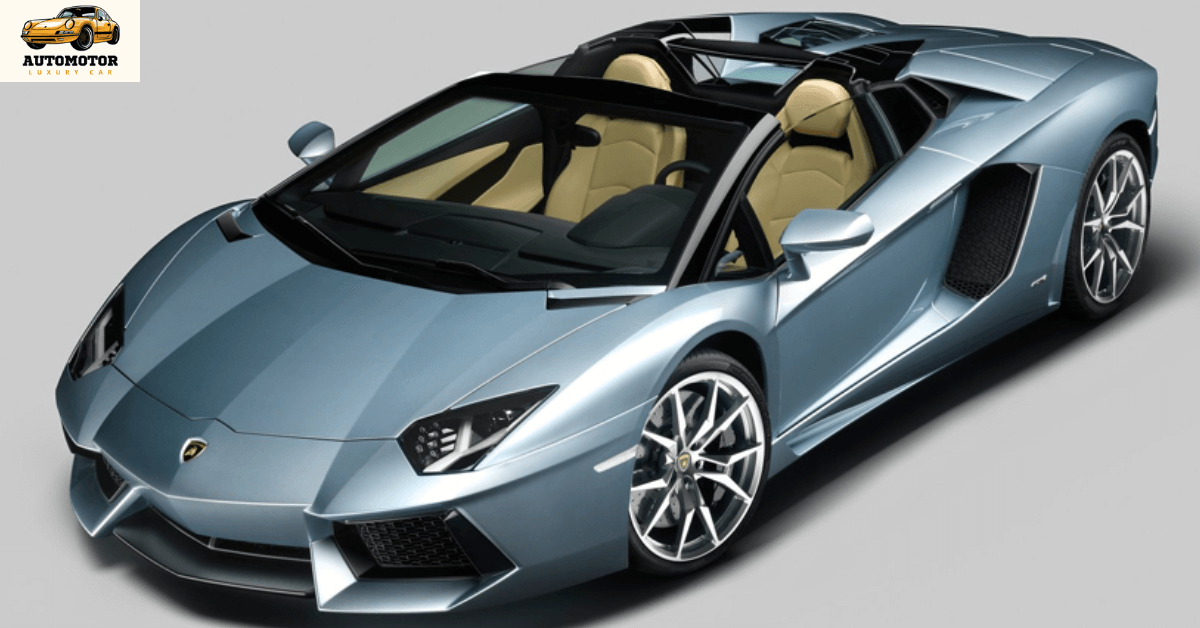When Lamborghini unveiled the Aventador LP 700-4 at the 2011 Geneva Motor Show, the automotive world paused. This wasn’t just another flashy Italian exotic—it was a full-blown revolution in design, engineering, and performance. Named after a fierce Spanish fighting bull, the Aventador carried the legacy of Lamborghini’s flagship V12 models while pushing the envelope far beyond what had come before.
A Bold Evolution of the V12 Legacy
The Aventador LP 700-4 was the long-anticipated successor to the Murciélago, and Lamborghini made sure it wouldn’t disappoint. “LP” stands for “Longitudinale Posteriore,” referencing the longitudinally-mounted engine placed at the rear, while “700” refers to the 700 metric horsepower produced by its naturally aspirated 6.5-liter V12. The “4” signifies its all-wheel-drive layout—a standard feature to handle that immense power.
At its launch, the Aventador featured a brand-new engine, developed entirely in-house. This marked a departure from previous V12s that had roots tracing back to the 1960s. Producing 690 bhp (700 PS) at 8,250 rpm and 690 Nm of torque, the Aventador could rocket from 0 to 100 km/h (62 mph) in just 2.9 seconds and reach a top speed north of 217 mph (350 km/h). These numbers made it not only one of the fastest Lamborghinis ever produced but also one of the fastest road cars of its time.
A Design That Turned Heads—and Then Some
The Aventador’s design was just as breathtaking as its performance. Inspired by fighter jets and Lamborghini’s previous limited-run Reventón, the body featured sharp angles, aggressive lines, and a low-slung stance that gave it a truly intimidating presence.
Aerodynamics played a major role in shaping the Aventador’s exterior. From its active rear wing to its angular front air intakes and massive side scoops, every element was engineered for speed, stability, and cooling. The scissor doors—an iconic Lamborghini trait—were retained, adding flair and drama every time the driver stepped out.
Inside, the cockpit took cues from aerospace design. The digital TFT instrument cluster and the fighter-jet-style start button (hidden under a red flip-up cover) made every drive feel like a mission. While it was a supercar through and through, Lamborghini also included luxury elements like leather upholstery, climate control, and an advanced multimedia system.
Engineering Masterpiece
The Aventador LP 700-4 was built around a carbon-fiber monocoque chassis, giving it remarkable rigidity and keeping weight to a minimum (1,575 kg dry). Lamborghini paired this lightweight construction with pushrod suspension—an F1-derived setup—to ensure precision handling and stability, even at high speeds.
Its seven-speed single-clutch ISR (Independent Shifting Rods) transmission was another engineering highlight. While dual-clutch systems were becoming more popular, Lamborghini opted for this unique solution to save weight and deliver lightning-fast gear changes—just 50 milliseconds per shift.
The Haldex all-wheel-drive system ensured that the immense power was distributed intelligently across all four wheels, delivering optimal traction in all driving conditions.
A Supercar Icon
Over its production run, Lamborghini produced several variations of the Aventador LP 700-4, including roadsters and special editions like the Aventador Pirelli Edition and the 50th Anniversary model. Each retained the core essence of the LP 700-4—brutal performance, dramatic styling, and an unrelenting presence on the road.
Despite newer models and technologies entering the supercar world, the Aventador maintained its relevance for over a decade. In fact, it became Lamborghini’s most successful V12 model ever, with over 11,000 units sold globally before the production line ended in 2022.
Legacy and Impact
The Aventador LP 700-4 was more than just a car—it was a statement. It reaffirmed Lamborghini’s commitment to naturally aspirated V12 engines in a time when the industry was shifting toward turbocharging and electrification. It also set a benchmark for what a modern supercar could and should be.
The Aventador remains a symbol of extreme performance, Italian flair, and automotive passion. Whether spotted roaring through a tunnel or standing still at a car show, it commands attention and respect like few other vehicles ever have.
